
Biggest Sports Betting Scandals in US History: Breeders' Cup (2002)
Otherwise known as the great pick-six scam, the 2002 Breeders’ Cup scandal was marked as the biggest horse racing scandal ever, as well as one of the largest betting scandals to ever occur in the US, and with good reason.
This story is one about three men, who made three bets, and earnt $3 million by manipulating wagers of horse races, by capitalizing on the flaws in security; but they weren't as smooth as they thought they were...
How Did They Do It?

Rewinding it back to the beginning, this scandal all began when a senior computer programmer, Chris Harn, conspired with two old college friends; in an effort to swindle uncashed winning tickets.
However, not only was Harn a senior computer programmer, he also worked for an operator called Autotote (now Light & Wonder) who were responsible for the majority of horse racing wagers in the US at the time.
Whilst working for the company, he noticed the sheer amount of winning tickets that went unclaimed and decided he had found the perfect scam. Harn wanted to counterfeit the unclaimed wins and cash them out, but he couldn’t because he worked for the operator -this is where he brings his two friends in.
Holes In The System
Alongside the opportunity to claim uncashed wagers, Harn also noticed something else - there was a 30-minute delay between an off-track betting (OTB) company’s collection of multi-race wager information and the delivery of that information to Autotote. This meant he could amend tickets, to give the winning outcome after the race had finished, without his employer realizing, as long as he did his alterations at the right time.
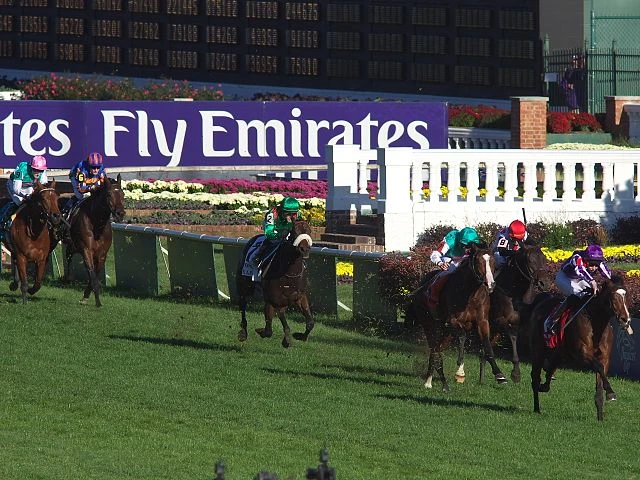
Harn had set up the Catskill OTB system himself, so he knew the security was weak, and they didn’t require the bettor to be present to open the account, so he advised his friends to place their wagers there. As Harn had set up the system, he knew its weaknesses, and he exploited them to the highest level.
The Test-Run
Prior to the Breeders’ Cup, Harn decided to run two practice runs to make sure the scheme would work. DaSilva placed a wager on a horse race at Balmoral Park and won $80,000. Due to the success of the scheme, the syndicate decided to trial it again two days later. DaSilva and Harn repeated the operation doing a pick six at Belmont Park. This time, they made $100,000.
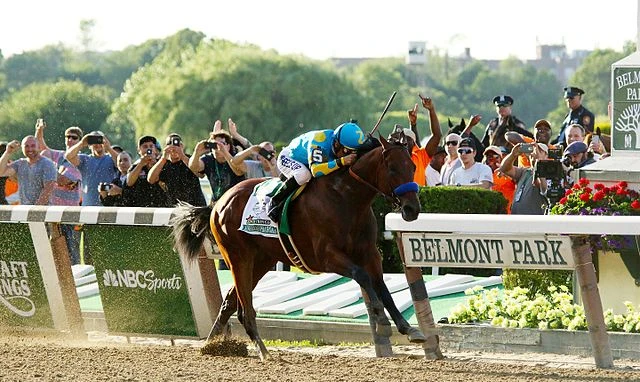
However, to avoid imminent suspicion in the future, Harn decided to bring in another old college friend - Derrick Davis - who would place the wager via Catskill for the 2002 Breeders’ Cup. Davis purchased a $12 pick six ticket from his home in Baltimore.
On the day of the race, Harn hacked into the system and tracked down Davis' wager so he could edit it to the four winners. They ended up winning almost $3.1 million overall (before they split it three ways) accounting for $2.57 million for winning the pick six, plus an extra prize of $498,000 for picking five out of six winners. The plan worked, but not for long…
One In A Million
As it happened, the Classic was won by Volponi at a flabbergasting 43-1 odds. Davis stood to be the only person who got all of the outcomes right, making the bet look incredibly suspicious.
Authorities noticed that Davis had singled four out of six horses and then played the same ticket six times. It was also peculiar to see all of the wagers be made through Catskill OTB; as it was a small operation at the time.
The syndicate clearly thought there would be at least a handful of others whom they would be splitting the $3.1 million with, but that didn’t happen. The most obvious evidence would have to be an email of Harn requesting DaSilva to pay off his car and second mortgage; as well as the multiple links (such as college) tying the three men together.
Who Was Involved?
The three men involved were Chris Harn, Derrick Davis and Glen DaSilva, they all met at Drexel University and were fraternity brothers at Tau Kappa Epsilon.
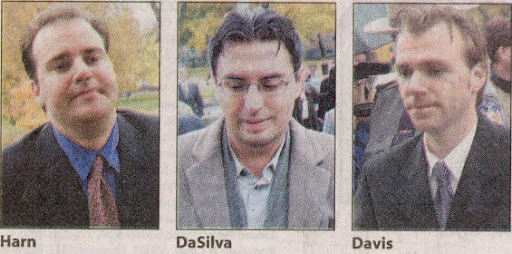
Chris Harn - Harn was the mastermind behind the operation and he convinced his two friends to join him. Harn was a committed employee who worked at one of the three biggest horse racing operators in the US, so that made this fraudulent breach even more of a threat to the industry and its security/legitimacy.
Glen DaSilva - DaSilva lived in New York City and he was the friend in charge of doing the test-runs. He garnered $180,00 for the three men during the test runs, and proved their scam was certainly efficient, but it wasn’t long before the cops put two and two together.
Derrick Davis - Davis lived in Baltimore. Davis called the OTB site and placed a $1,152 wager in ultra pick six bets for the Breeders' Cup. Even though over 70 bettors predicted five out of six races, only Davis had a perfect ticket. Davis won the event after the underdog - with odds of 43 to 1 - won the final race. Immediately, eyebrows were raised and the New York Thoroughbred Association asked the state racing and wagering board to investigate. Davis was then informed that his payout was being held back until the investigation was over.
Innocent Until Proven Guilty
Upon noticing the questionable jackpot win, the New York Racing Association asked the New York State Racing & Wagering Board to launch an investigation. Once the investigation was launched, Davis’ winnings were withheld, as the police, FBI and the US Attorney for the Southern District of New York later joined in the investigation.
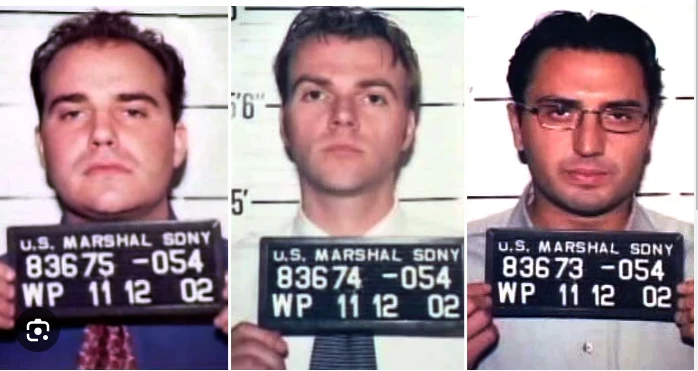
When questioned, Davis and Harn claimed the wager was legit and demanded proof of wrongdoing. Davis went as far to approach the press with his defense, sticking by his word, but soon enough the police realized the college connection between the three men and they were soon reprimanded for their corruptness.
All three of the men were charged with one account of wire fraud, but Harn was clever and cooperated with investigators; leading to him receiving a lighter sentence - than the other two - because of this.
Harn ended up pleading guilty to conspiracy to commit money laundering and conspiracy to commit wire and computer fraud. DaSilva pleaded guilty to similar charges, but claimed he didn't know Davis was in on the scheme, and that he took no part in the Breeders' Cup bet. The next day, Davis pleaded guilty to conspiracy to commit wire fraud and gave up all claims to the winnings.
As a result, Harn ended up being sentenced to one year and one day in federal prison; Davis received three years and one month; and DaSilva received two years.
Retributions
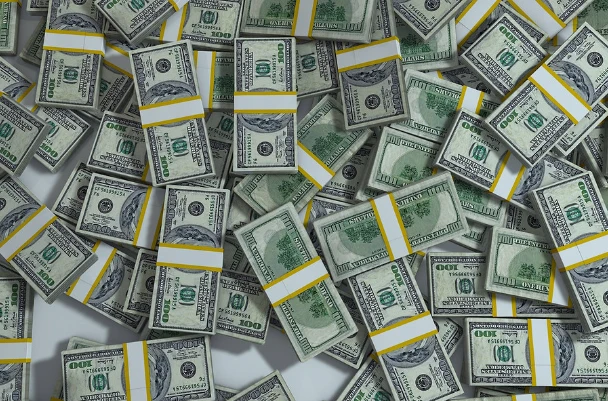
By Halloween of 2002, Harn had been fired from Autotote, and by November, the syndicate faced federal charges. Additionally, the $3.1 million payoff was redistributed among 78 people who'd gotten five out of six races right; each got $39,000 in addition to their original $4,600 consolation prizes.
Not only was this one of the largest betting scandals to occur in horse racing history, but it also exposed some serious flaws in the security systems - used to monitor the wagers of horse races - which soon got amended; so it did do some good in the grand scheme of things!

Author
Content Writer






